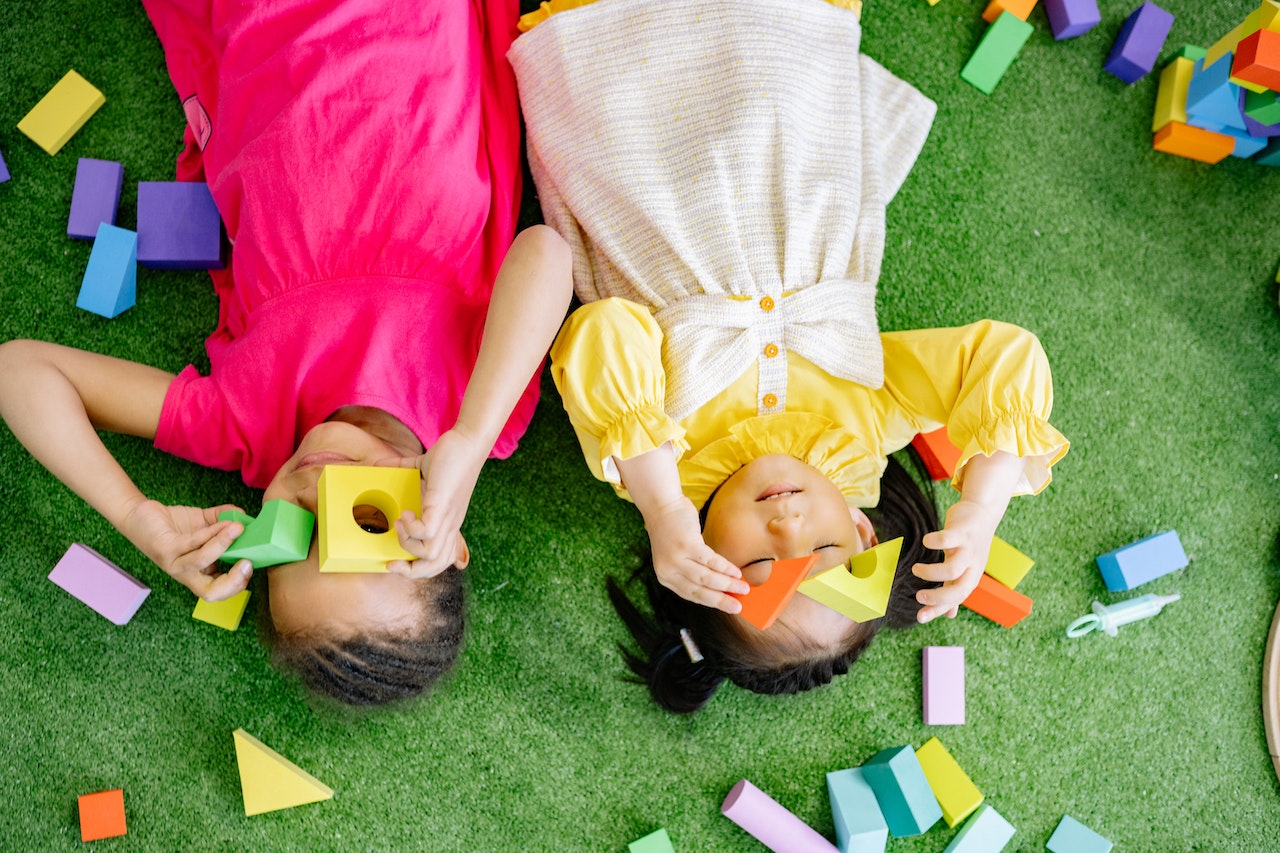Parenting approaches and practices have evolved through the years. Just like how we feel that kids these days are different from when we were kids ourselves, parenting styles have changed too.
Do you know what respectful parenting is about? How different is this modern approach from our own growing-up years where caning was a common discipline method?
Does respectful parenting mean raising spoilt brats and parents being pushovers?
Coined by Magda Gerber, popular child therapist and infant specialist, respectful parenting centres around ‘respect’. The respectful parenting approach means children (including babies) are treated with respect and parents communicate and interact respectfully in all situations.
This way, children are allowed to be themselves and allowed to make their own decisions. In contrast, mainstream parenting styles are usually geared towards obedience – behave well and listen.
For most of us who grew up in Asian households, this new practice sounds like a tall order, especially when faced with an emotional situation like meltdowns or “bad behaviours”. Respectful parenting does not agree with the use of violence e.g. spanking or caning, simply because violence isn’t respectful.

A common misconception about respectful parenting
Discipline versus punishment: Power abuse is avoided when it comes to being respectful; hence physical punishments are not part of the practice.
As an adult, it’s easy to want to enforce with words or actions to correct kids or get things done. E.g. “Eat your dinner or I’ll throw away your toys.” However, is there really a correlation between toys and eating?
Respectful parenting theory looks at switching away from the power struggle we often see with traditional parenting styles.
So, does this mean we say ‘yes’ to what the kids want and allow them to climb over us?
While translating this approach into action, parents need to set age-appropriate limits and boundaries.
Rewarding children for positive behaviour is also skipped e.g. reward charts or gifts as motivation.
How then do we discipline them? Parents do so by modelling the behaviour they wish to see in our children, by setting clear boundaries and using natural and logical consequences.
The key goal is for children to feel safe, trust us and feel connected with us. That way, kids feel secure, develop self-discipline and are ready to explore more about their world with confidence.

How to practice respectful parenting at home
Here are some ways you can embrace this parenting style:
1: Talk to your children with respect
Be an active listener and be mindfully present to listen with an open heart and mind. Communication with your kids can start at infancy through simple conversations like, “Mummy is going to change your diapers now. It’s going to feel wet and cold, here we go.” With toddlers and older kids, honest conversations allow authentic exchanges between parent and child, and this helps deepen the bond and trust too.
2: Set clear, consistent boundaries
Establishing limits lets your child grow and explore within a fixed area. It is important to set consistent and clear ground rules, so kids know what’s expected of them. Between parents, it’s also necessary to be on the same page to avoid confusion and power struggle.

3: Encourage children to express their emotions
Lend an empathetic ear and listen when they “let it out”. Inevitably, kids cry because they lack the words on how to verbalise or cope with big emotions. The action of crying often frustrates parents, leading to labels like “bad kids” or “they’re just dramatic”. Realise that it’s the emotions that are too difficult for them to manage as they are still learning or have yet been taught how to cope. Parents can guide and teach them coping techniques.
4: Offer choices
Making decisions is part of cognitive development. Instead of telling your kids what to do throughout the day, offer them clear, pre-approved options so they can exercise their critical thinking skills. Ask “Would you like to wear the white socks or black pair today?” and when your child has decided, respect her choice.
5: Encourage uninterrupted play
This is somewhat an extension of the previous point about choices. Let children decide how they want to play and who to play with. Trust your child’s way of playing and avoid harping over the “right” or “wrong” way to play.
6: Provide opportunities for being independent
Encourage your child to do age-appropriate tasks such as dressing himself. Being able to do things on his own can mean a big deal to him. Understand too, that a 4-year-old may not do want to do this daily. If he starts whining about having to put a on a shirt, talk to him to find out more, which leads back to points #1, #3 and eventually point #4.
Jenelle’s parenting tip: New to respectful parenting and hope to learn more? You can join the Respectful/Mind Parenting Singapore Facebook group to learn how other parents tackle parenting challenges with this approach.
Filling our children’s emotional tanks and treating them respectfully as a person lets our children know that they are loved. There’s no one best way to raise kids and every family has different concerns. We practice what works for our family while improving as an individual.
Parenting can sometimes be like a walk in Jurassic Park! I’d be most happy to share my experiences with my kids and how I take charge of my family’s finances and future planning too! Get in touch!



